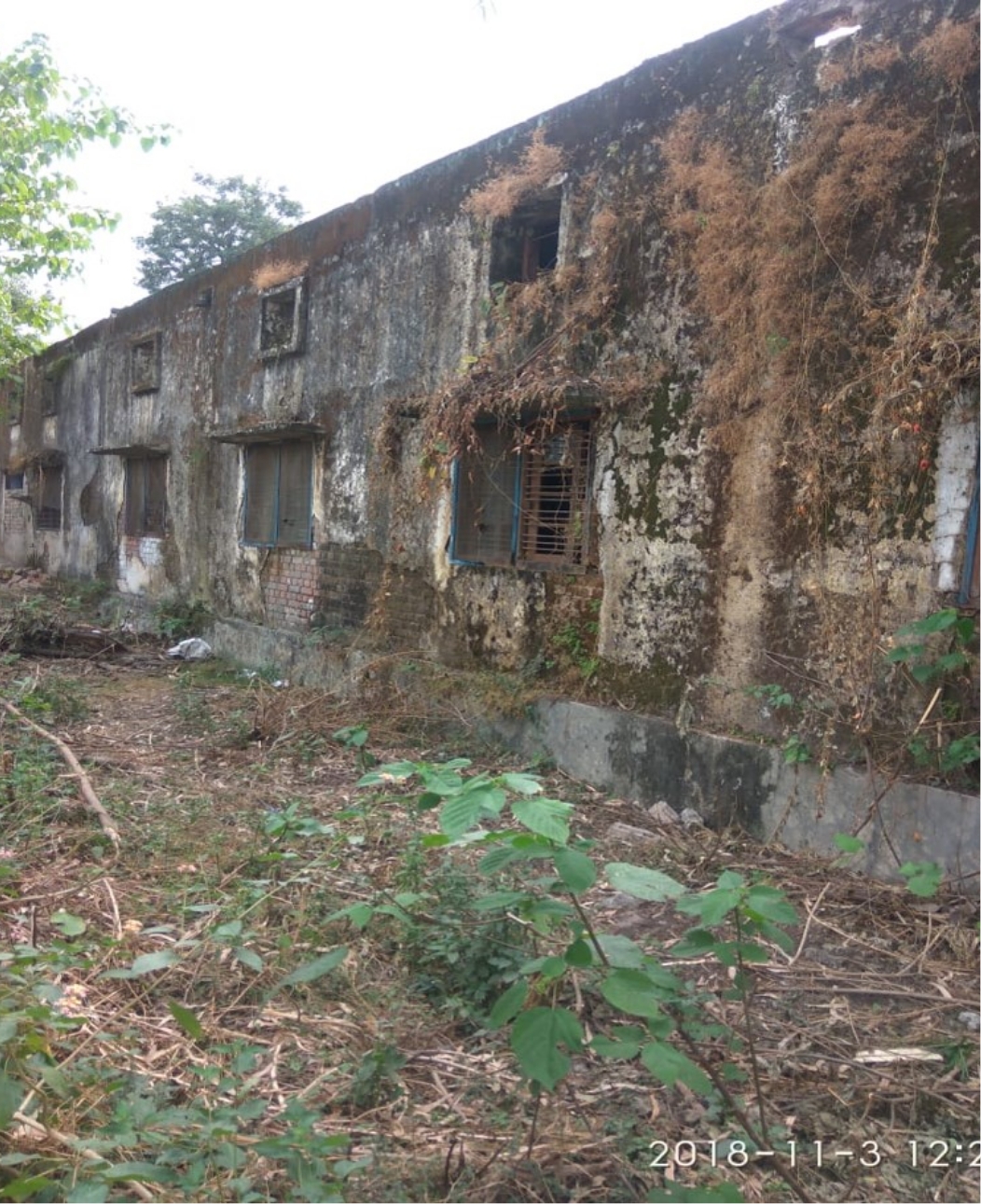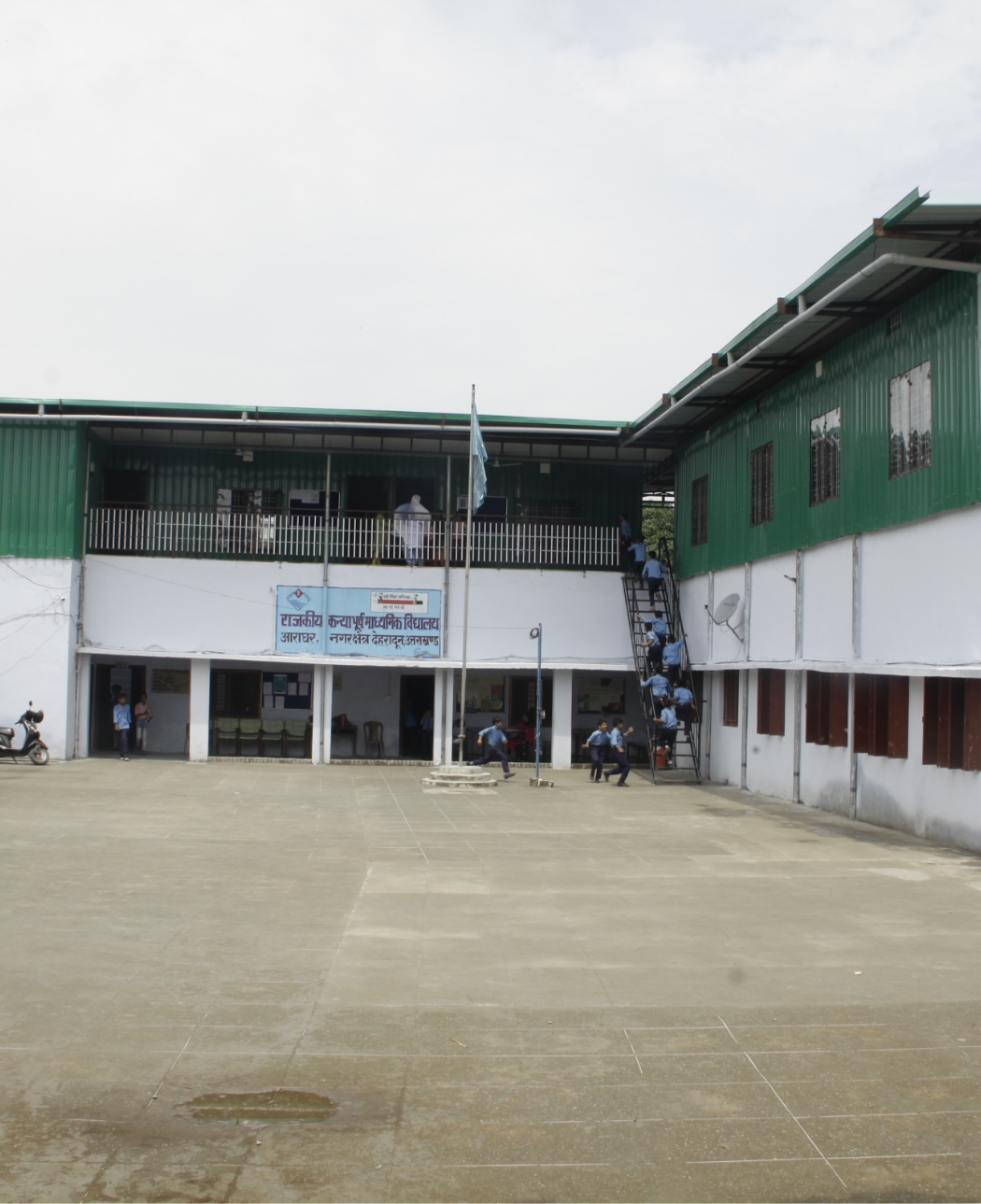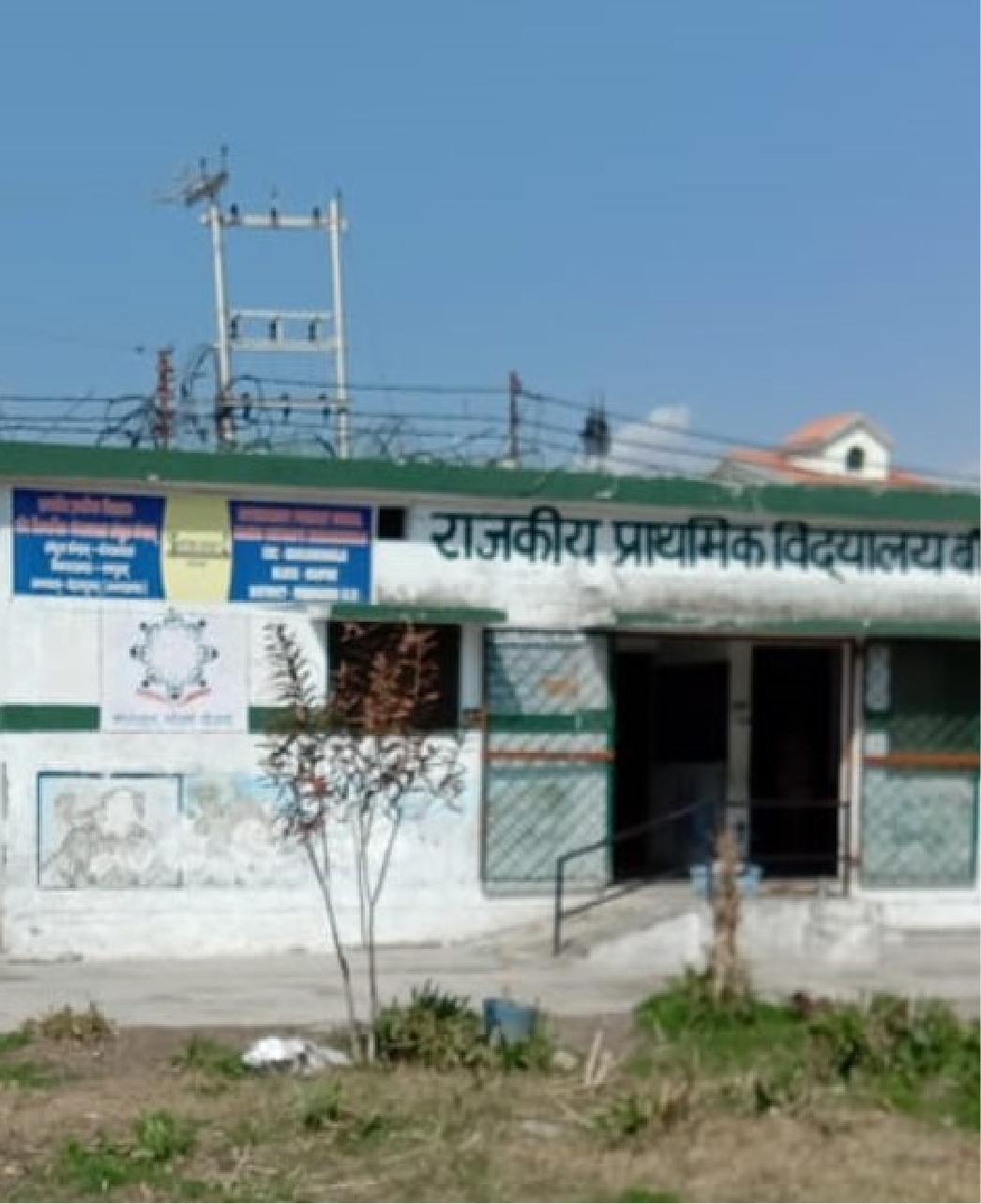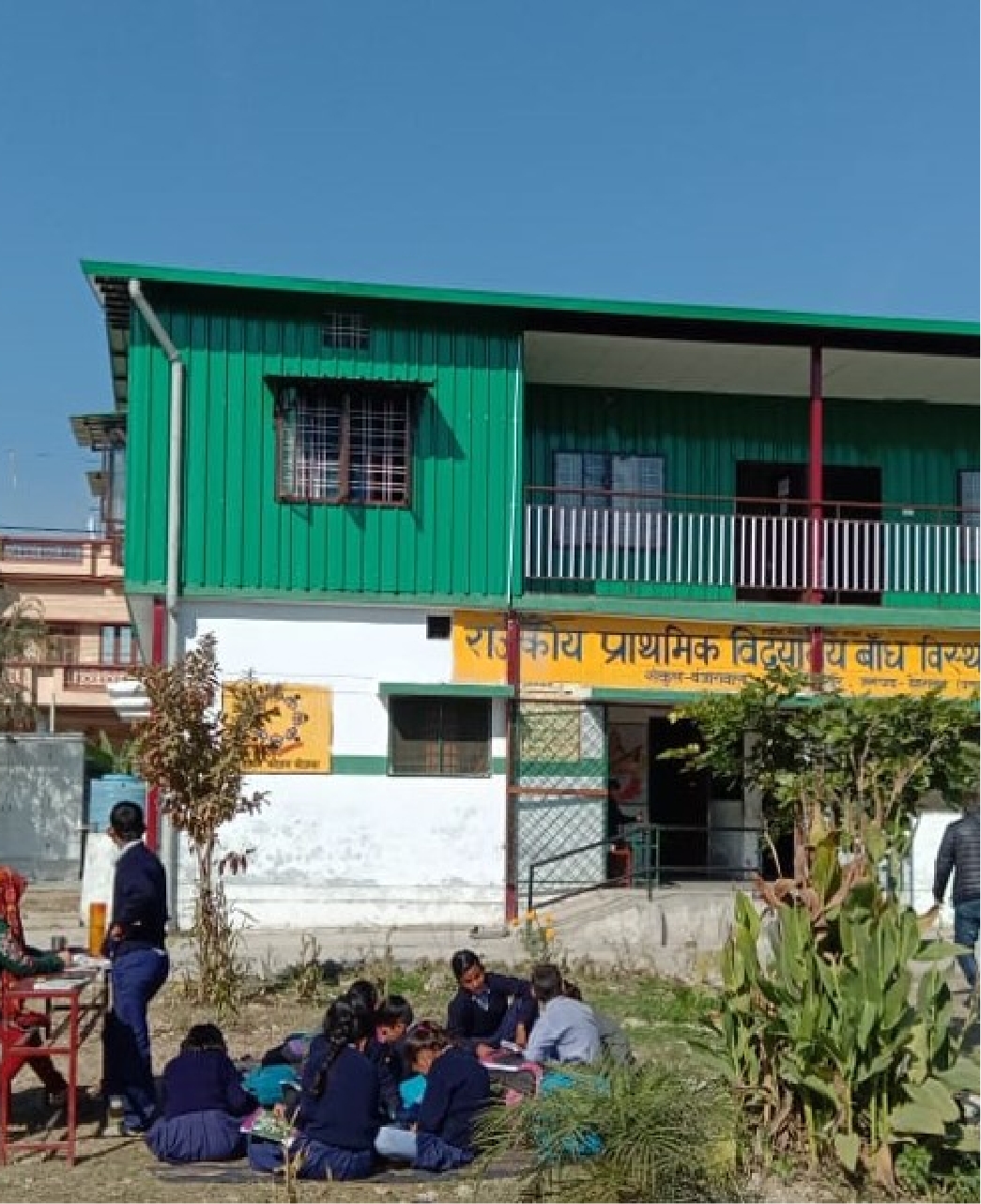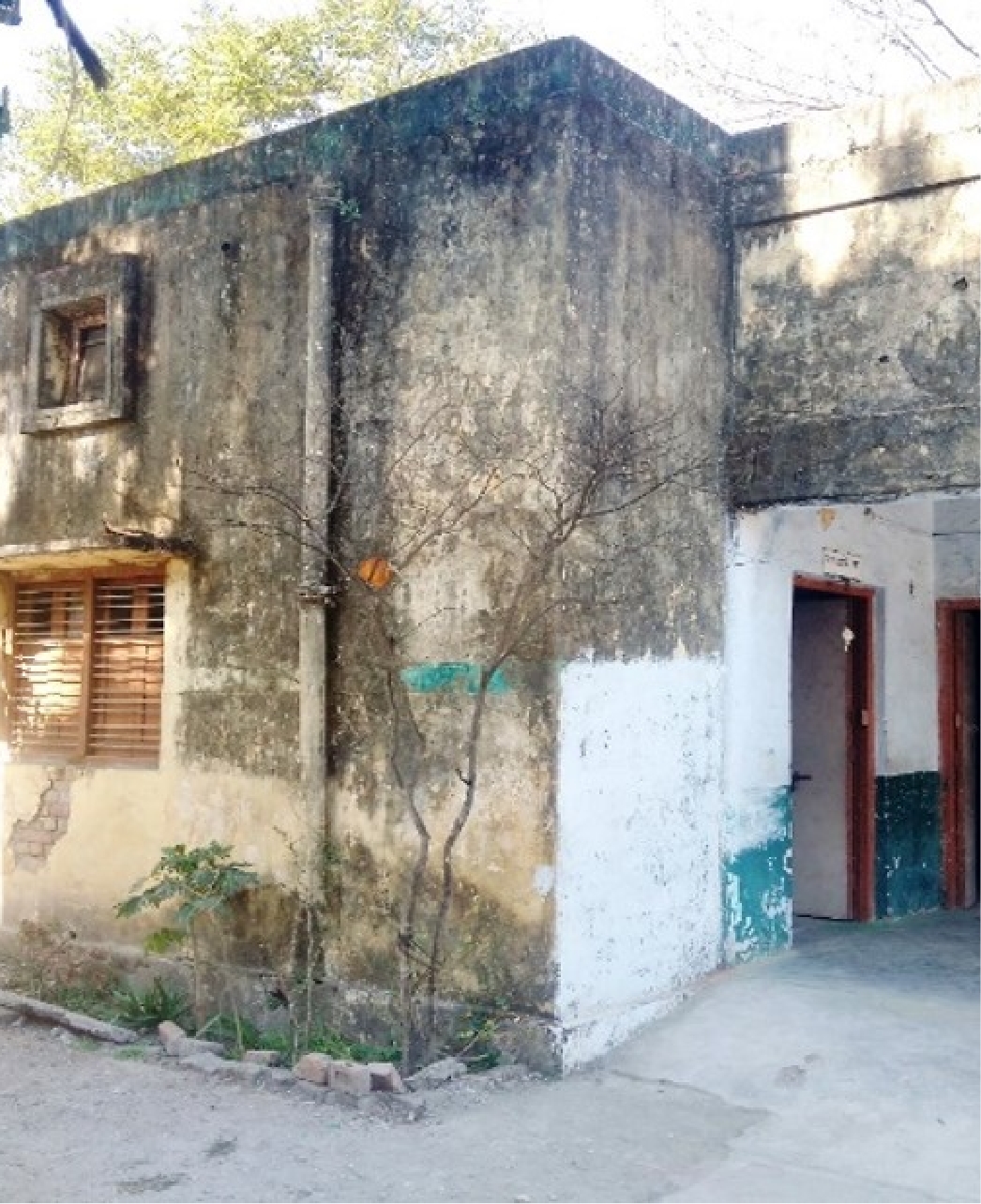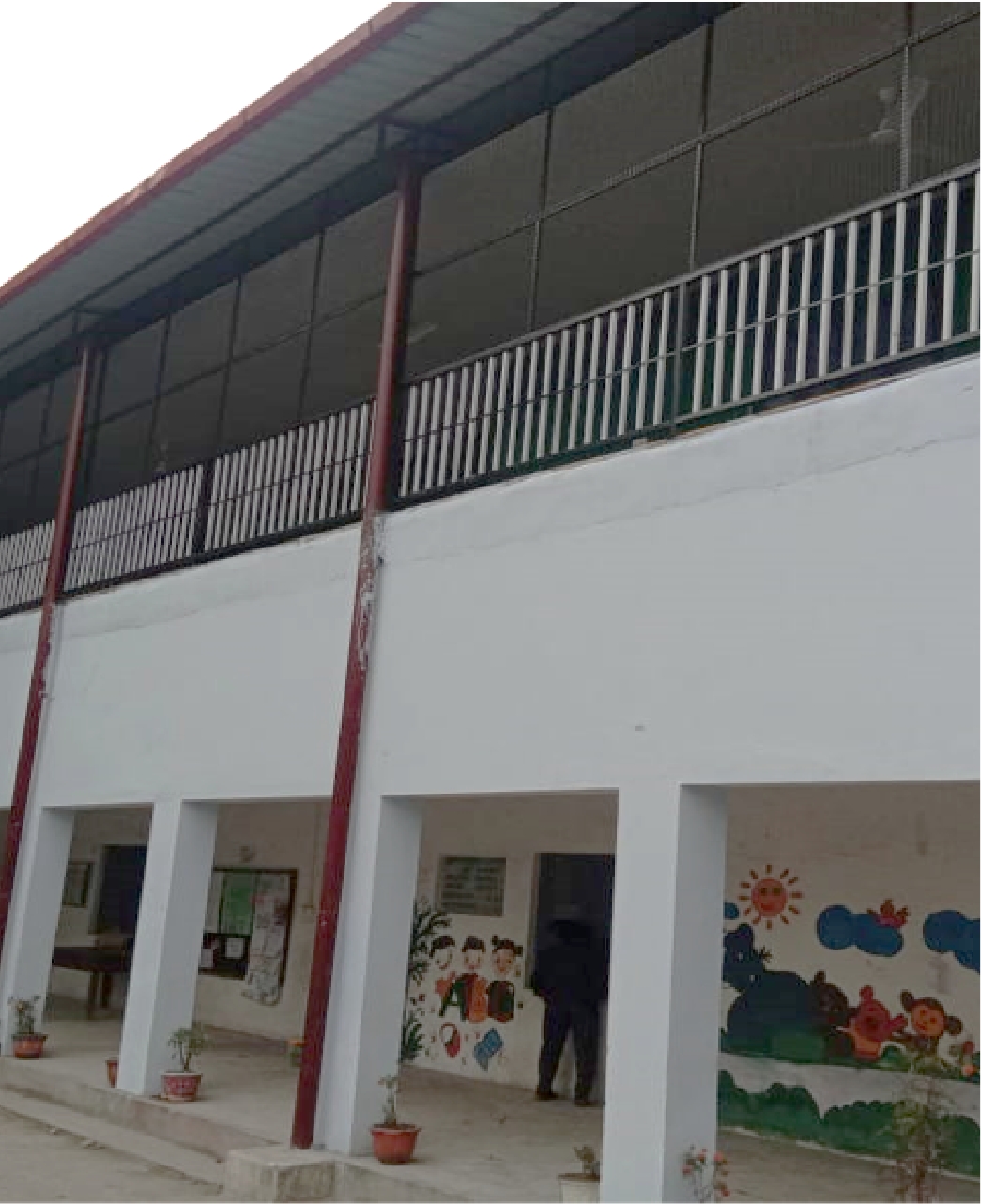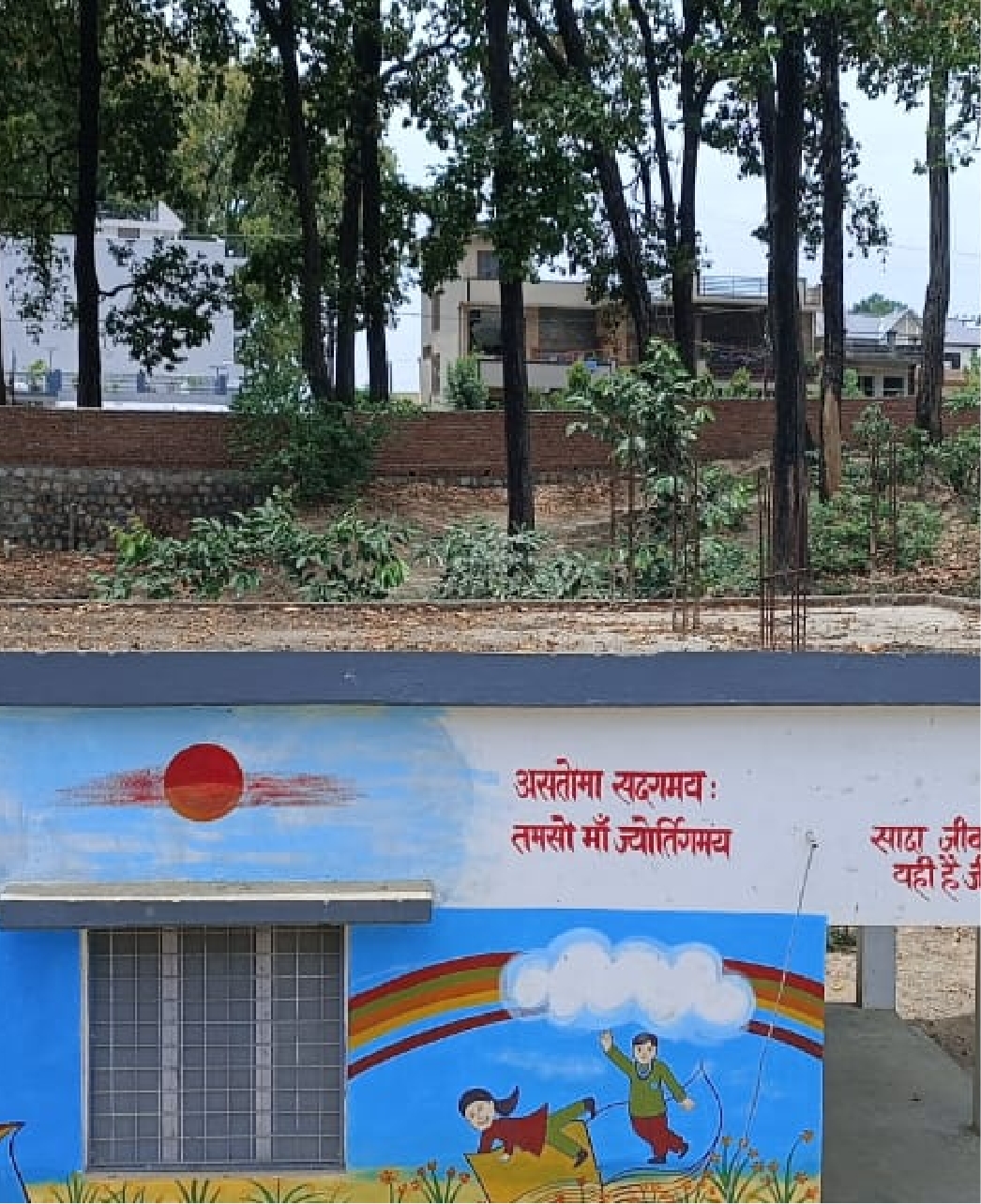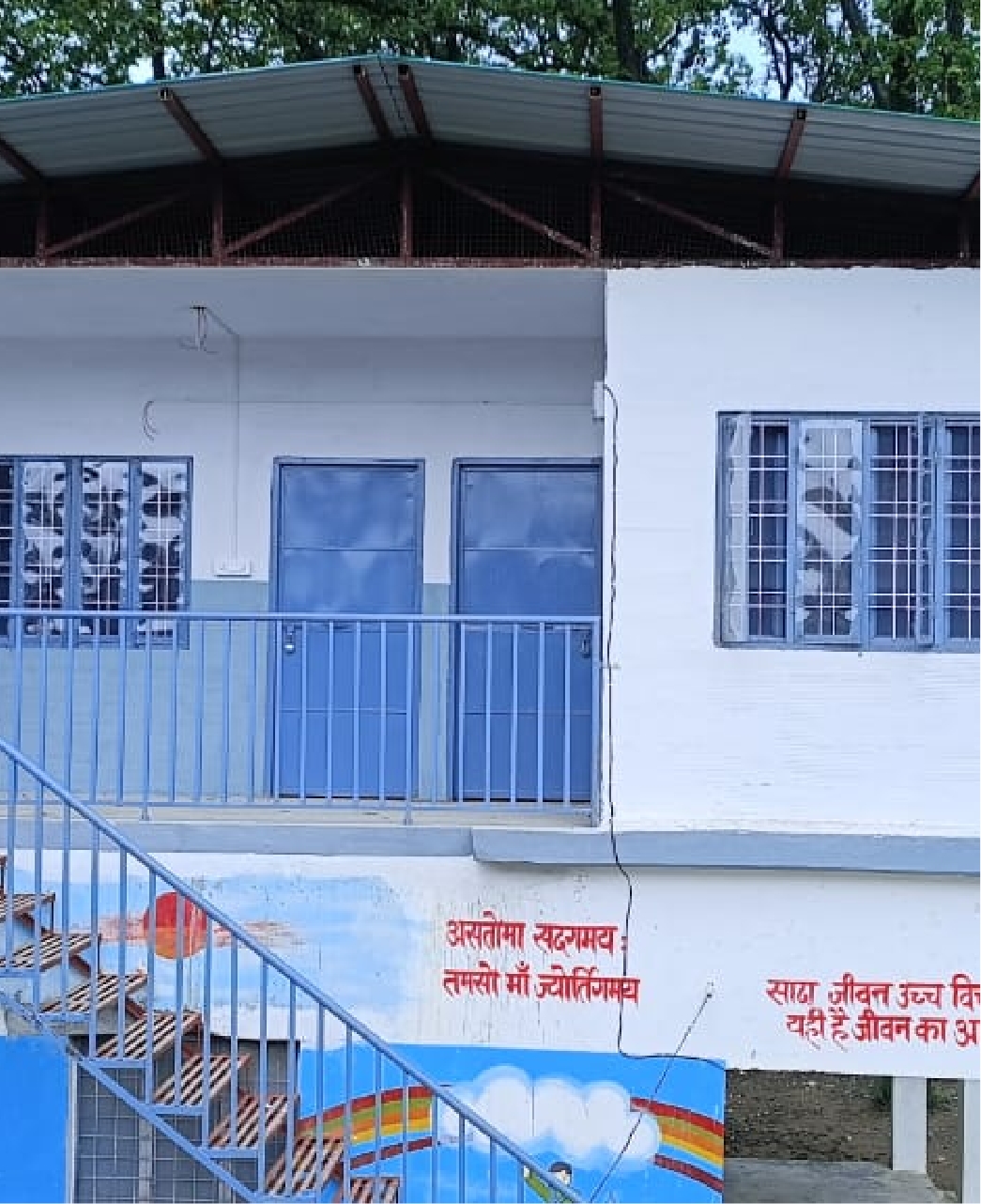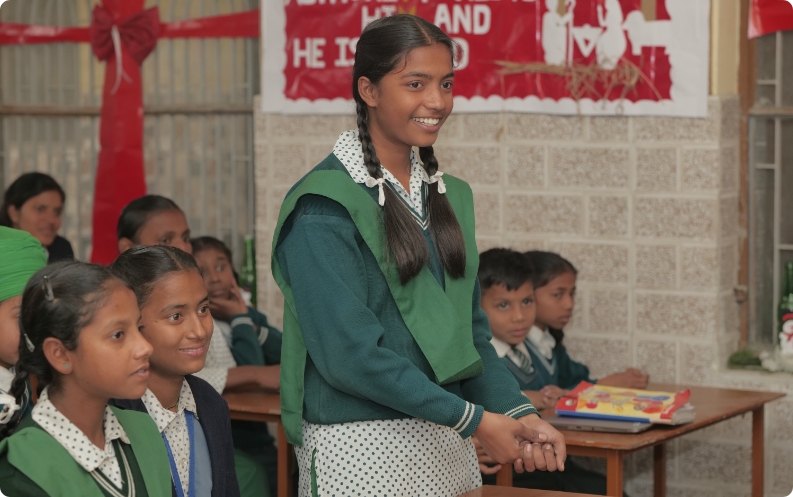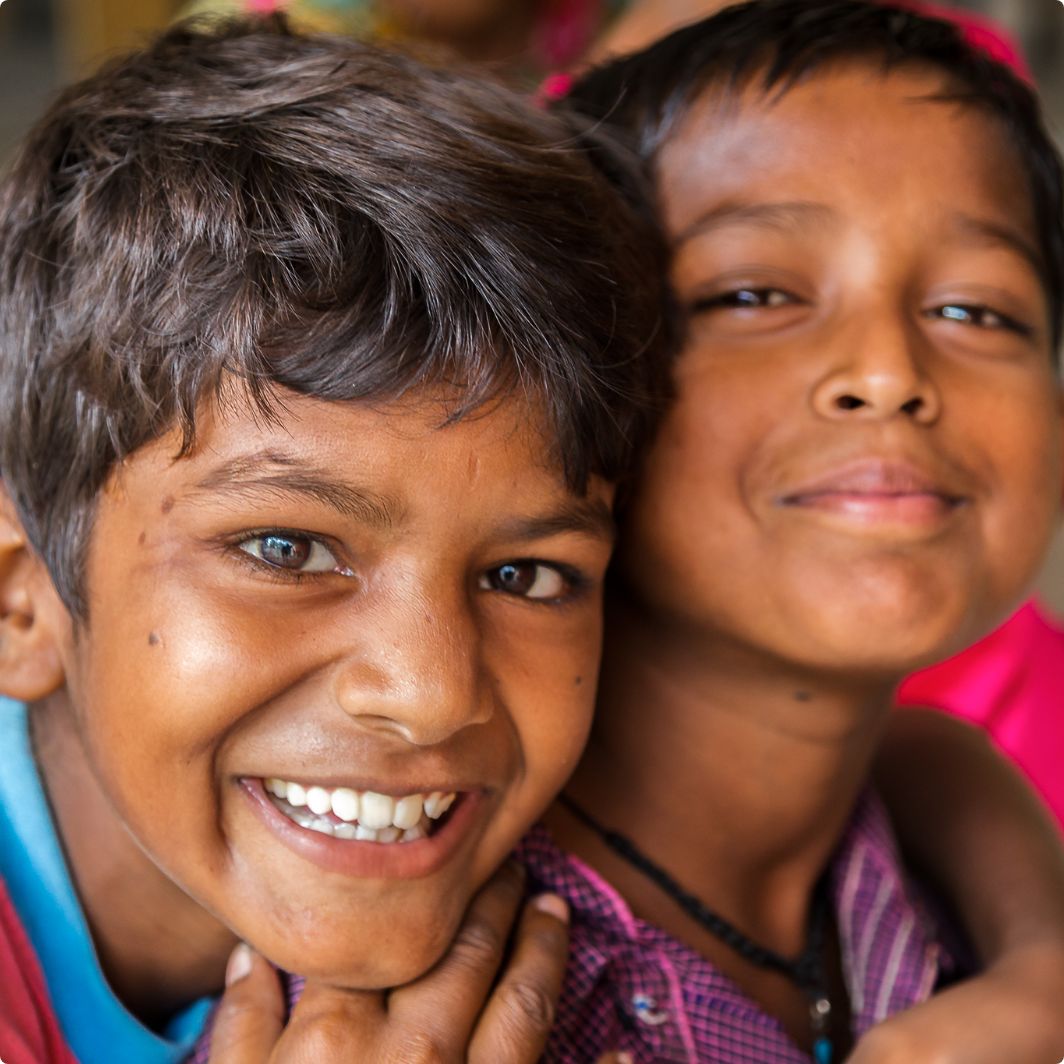From Street to School
Aasraa’s School Quality Enhancement Program was designed to mainstream out-of-school children from Dehradun’s slum communities, identified through Aasraa’s Street Smart Program, into government schools. These schools, however, faced acute shortages of classrooms, teachers, and WASH facilities.
Launched in 2019, in collaboration with the Department of School Education, Government of Uttarakhand, SQEP began with 6 partner schools. Today, it operates in 19 government and government-aided schools across Dehradun and Pauri Garhwal. Aasraa has upgraded school infrastructure to enhance education quality and boost enrollment, while also deploying additional teachers to match student strength and support government staff.
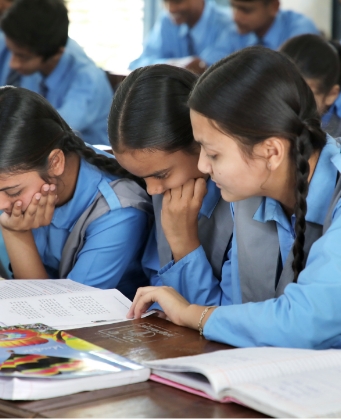
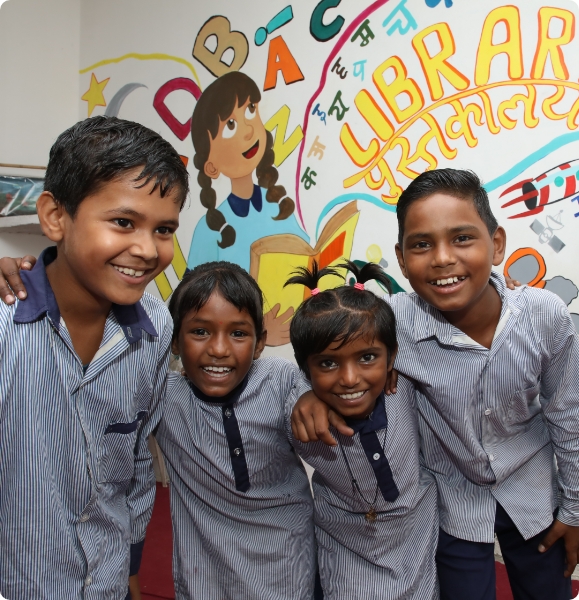
Objectives
- Enhance school infrastructure
- Improve enrolment & retention
- Strengthen academic quality and improve student learning outcomes
- Promote inclusive and child-friendly learning environments
- Promote community participation and ownership
Building Better Schools
SQEP begins with a careful look at each school’s needs by conducting a thorough School Needs Assessment whether it’s classrooms, toilets, safe drinking water, or enough teachers. Based on this, Aasraa makes a clear plan for improvements . Many schools struggle with leaking roofs, broken furniture, and overcrowding, so Aasraa steps in to provide infrastructural upgrades to repair, renovate, and build where needed. Clean, separate toilets and handwashing stations are added, along with safe water facilities. These changes create safe, welcoming spaces that encourage children to attend school regularly, stay enrolled, and learn better.
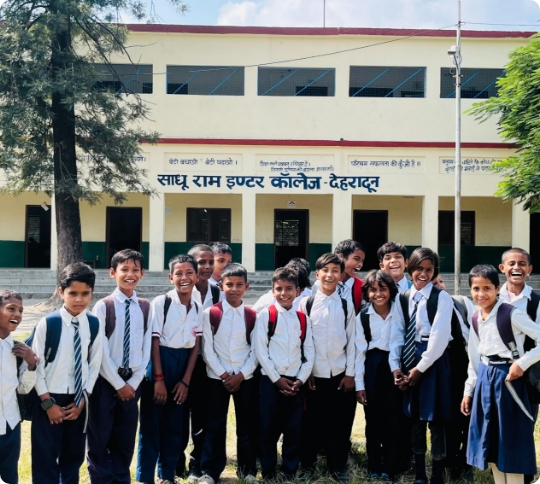
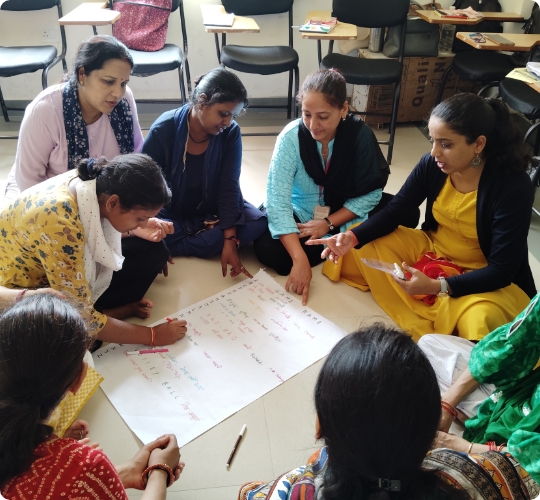
Capability Development
SQEP bridges the gap in government schools by placing trained educators to maintain healthy class sizes and ensure every child gets the attention they need. Outreach staff work closely with families, track attendance, and support children at risk of dropping out. Alongside this, Aasraa builds the capacity of teachers and project leaders through regular training in modern teaching methods, inclusive practices, and leadership skills. Together, these efforts create stronger, more supportive schools where children can thrive.
Tools For Future Learning
SQEP equips children with the tools and skills they need to thrive. We provide age-appropriate teaching-learning materials such as Jodo Gyan kits, phonics tools, and math manipulatives, to make lessons engaging and close learning gaps. We set up computer labs and provide mobile computer labs that give students access to computer-aided learning, building digital skills and confidence. To spark creativity and problem-solving, we introduce STEAM and Tinkering labs where children learn by doing and apply concepts to real-life projects. Aasraa also provides children with classes based on the SEEK approach (social, emotional and ecological knowledge) using Rangeet’s curriculum, a social enterprise. It nurtures knowledge, voice and agency around wellbeing, societal equity, ecological sustainability and digital citizenship. Together, these interventions ensure children don’t just study, they innovate and grow.
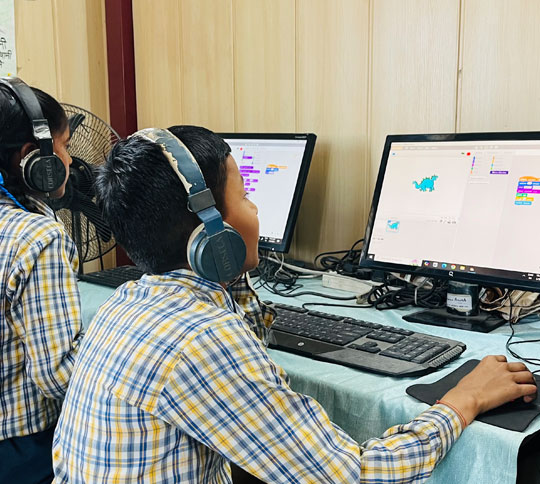
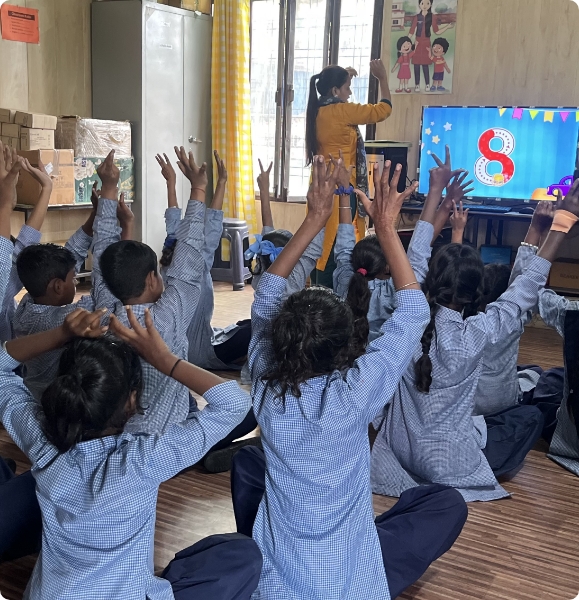
After- School Remedial Education
Many children enrolled in SQEP schools are first generation learners and lack support for homework or revision. Aasraa provides structured after-school remedial classes for curriculum reinforcement focussed on:
- Strengthening foundational skills in math, language, and science.
- Bridging learning gaps based on periodic assessments.
- Individual and small-group tutoring sessions to personalize support.
This ensures that no child is left behind, especially those who are at risk of academic failure or dropout.
Community Engagement
Strong school-community ties are essential for sustained impact. SQEP promotes regular, well-attended PTMs to update families, gather feedback, and share resources for at-home learning. Aasraa’s project staff is an active member in the School Management Committees to improve school governance, encourage transparency, and strengthen accountability.
As a result, parent engagement has improved significantly with many schools recording over 90% attendance in PTMs and SMCs are increasingly involved in budget decisions and school improvement plans.
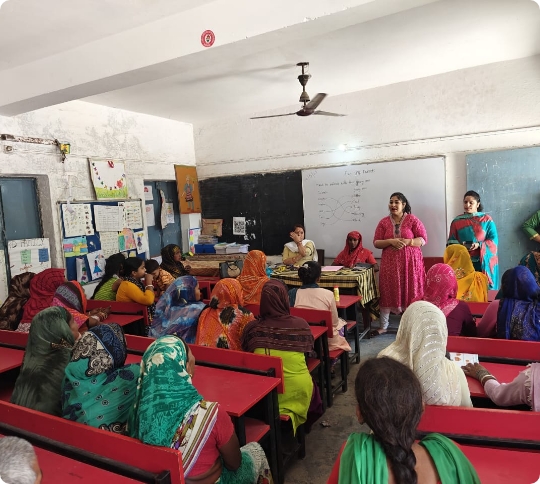
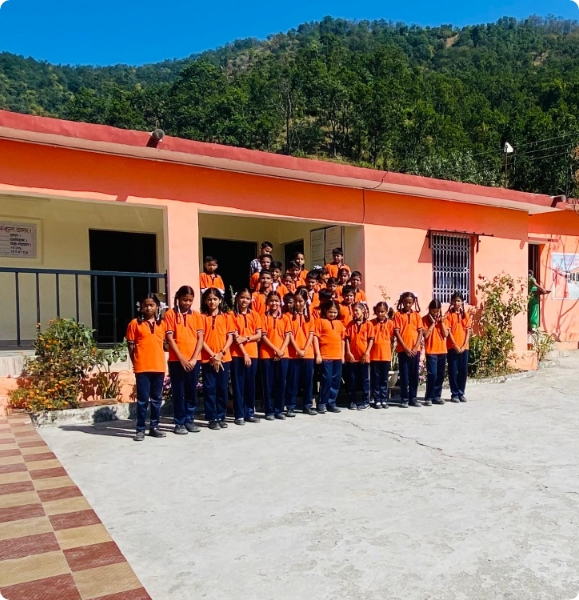
Beyond Dehradun
Looking ahead, Aasraa has introduced a similar model in Pauri Garhwal district of Uttarakhand. We are the implementing partner of this project, in collaboration with The Education Alliance and India Glycols Limited. This adds to Aasraa’s existing SQEP (School Quality Enhancement Program) model in government schools, focuses on improving enrolment, attendance and learning outcomes by sharing of resources in remote hilly areas. It also emphasizes capacity building, infrastructure enhancements and community engagement.
Theory of Change
Aasraa’s Theory of Change for SQEP is based on the belief that transforming under-
resourced government schools into safe, inclusive spaces can break the cycle of
poverty. By improving infrastructure, pedagogy, and community engagement, and
supporting students with trained teachers and holistic tools, SQEP drives better
learning, retention, and long-term equity.
Aasraa’s Theory of Change for SQEP is based on the belief that transforming under-resourced government schools into safe, inclusive spaces can break the cycle of poverty. By improving infrastructure, pedagogy, and community engagement, and supporting students with trained teachers and holistic tools, SQEP drives better learning, retention, and long-term equity.
Our Vision of Change
Aasraa envisions a transformed public-school ecosystem where:
●All children access quality education in safe, well-equipped schools.
●Teachers are supported and empowered to deliver engaging, inclusive instruction.
●Families and communities are active partners in the educational journey.
●Holistic child development i.e. academic, emotional and social is prioritized
GOAL
Increased access to quality education among underserved children, leading to the revitalization of public education through replicable, sustainable and scalable models.
